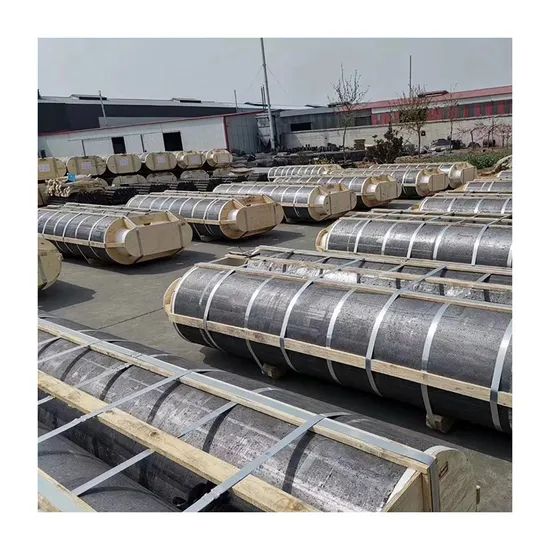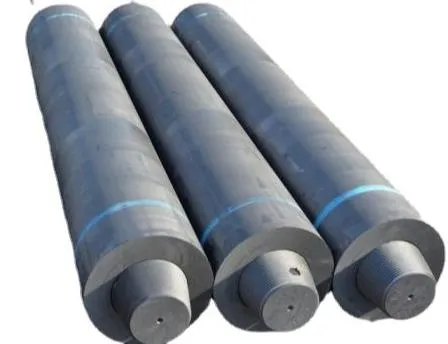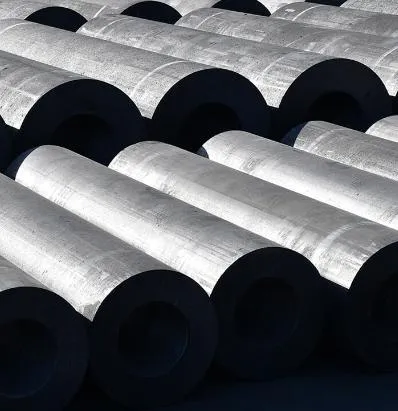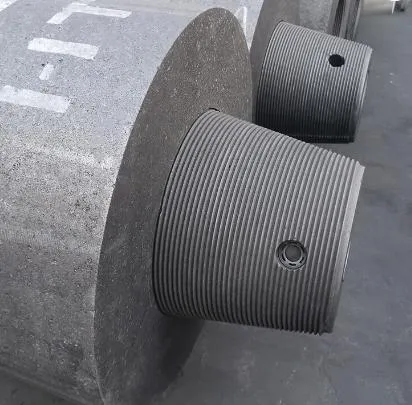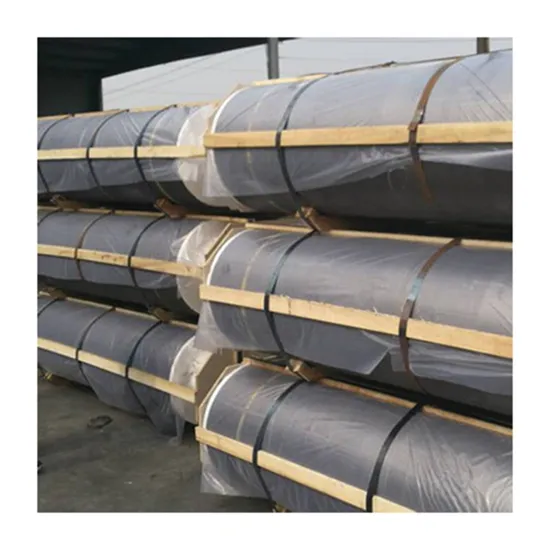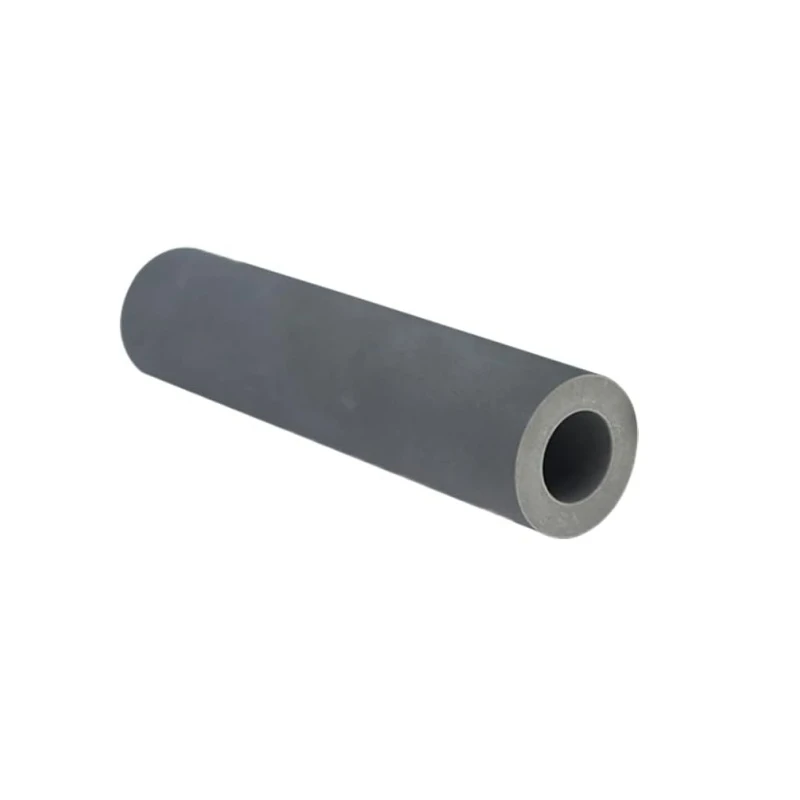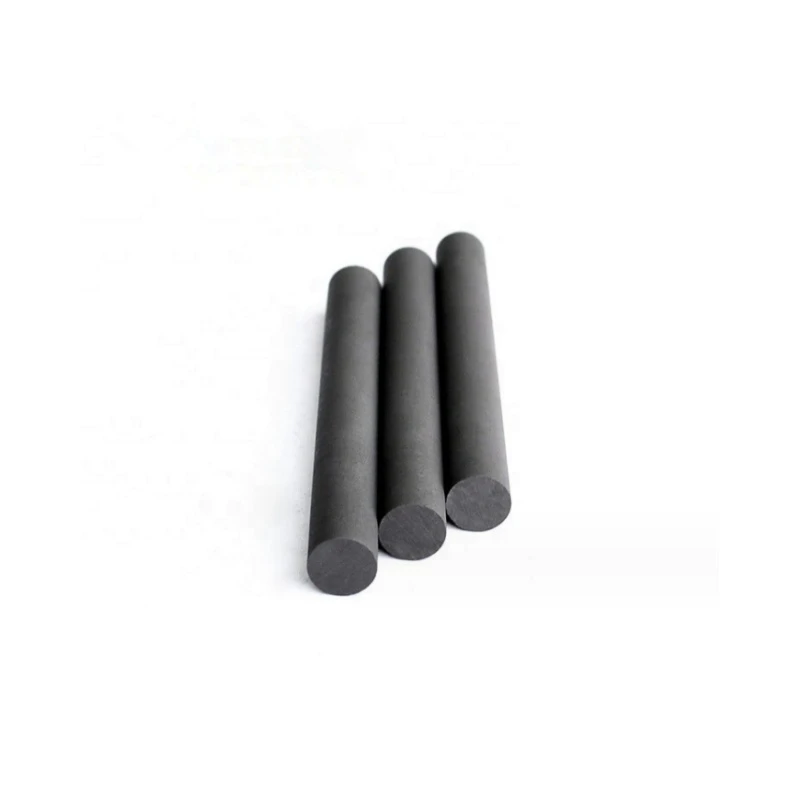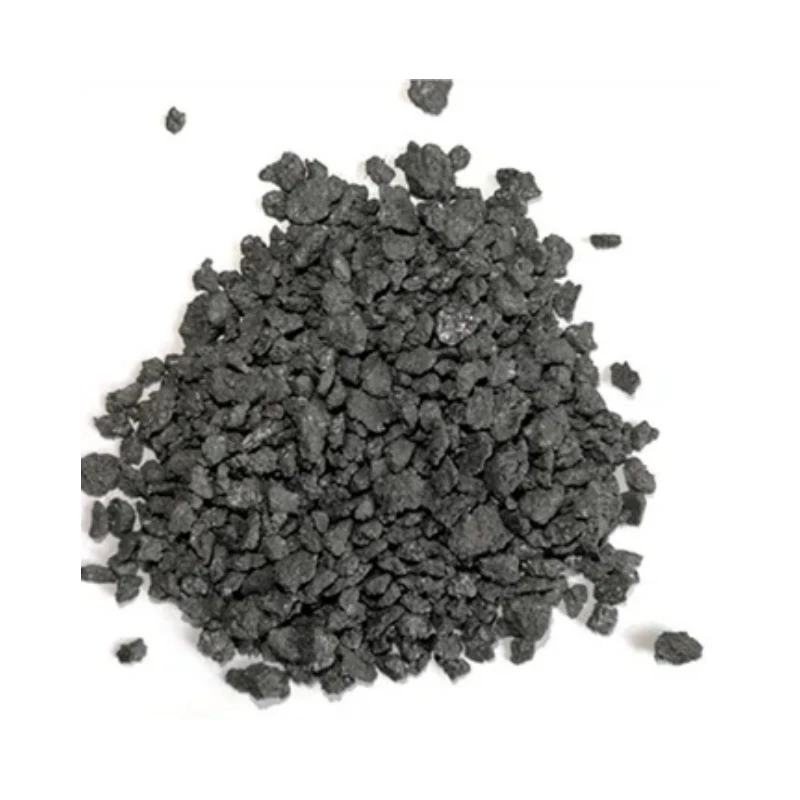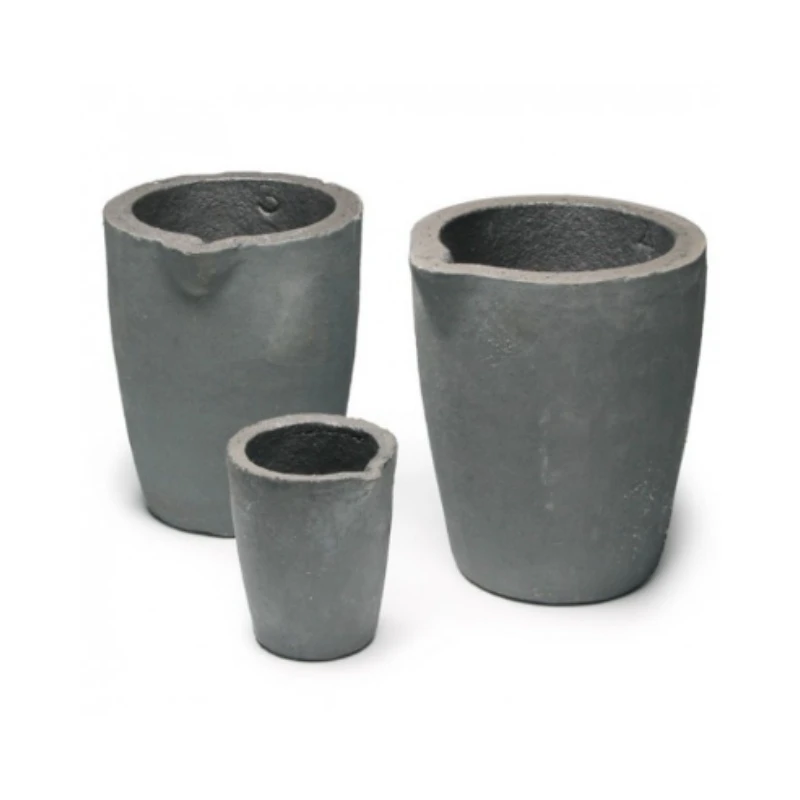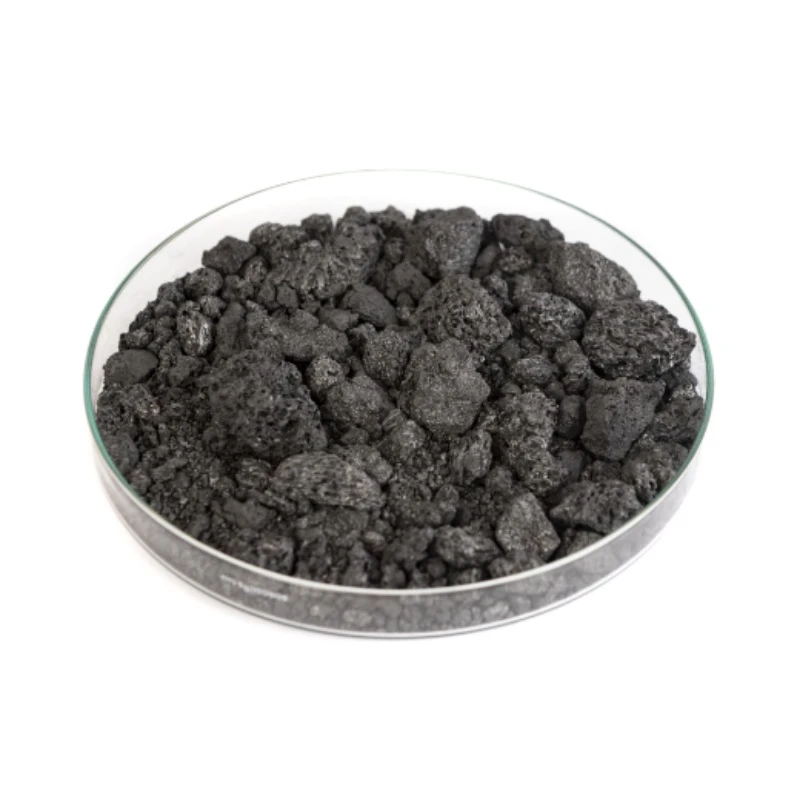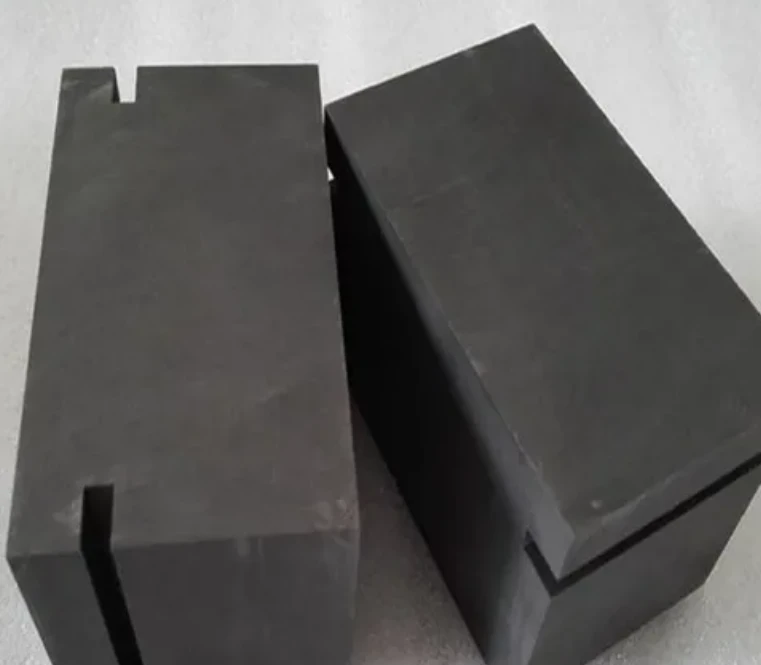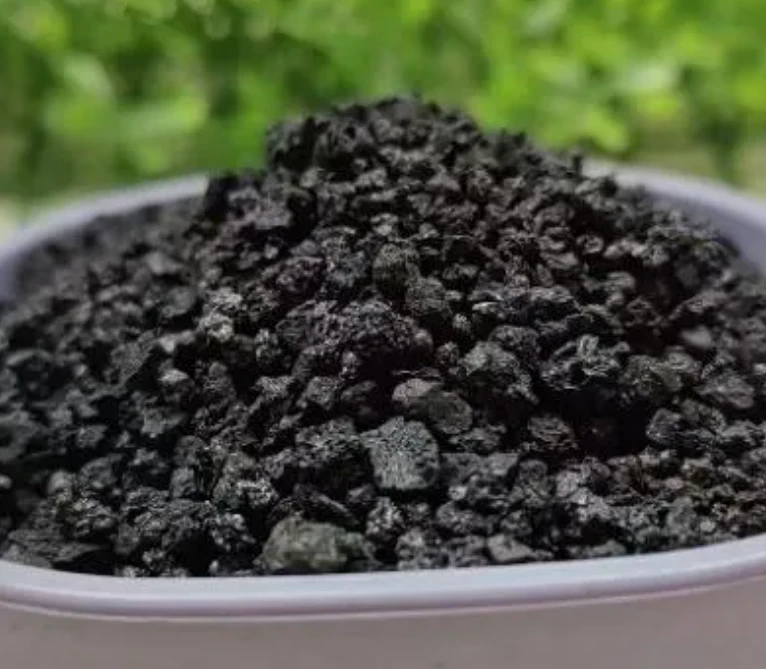- Englist


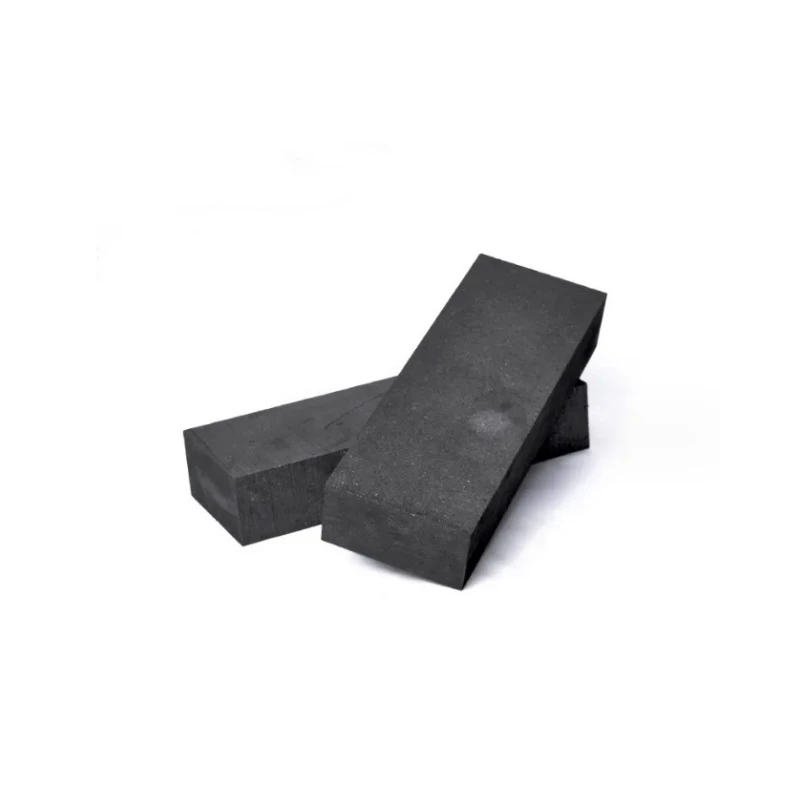
The energy technology sector is buzzing with excitement about revolutionary graphite bipolar plate innovations that are transforming fuel cell efficiency. As graphite plate manufacturers refine their production techniques, these advanced components are enabling cleaner energy solutions worldwide. From cutting-edge graphite plates to specialized graphite powder electroplating processes, the industry is witnessing remarkable advancements in carbon-based technology.

The Science Behind Graphite Plates
Modern graphite plates leverage crystalline carbon's unique molecular structure to achieve unprecedented thermal and electrical conductivity. These components maintain structural integrity in extreme environments where metals would fail. Leading graphite plate manufacturers utilize isostatic pressing to create graphite plates with optimized density and grain orientation. The growing application of graphite powder electroplating further enhances surface properties for specialized uses in electrochemical systems.
Innovations in Graphite Bipolar Plate Technology
Graphite bipolar plate designs are revolutionizing fuel cell stacks with their combination of lightweight properties and corrosion resistance. Advanced graphite plate manufacturers now produce ultra-thin graphite bipolar plate variants that maximize power density while minimizing weight. The integration of graphite powder electroplating techniques improves gas diffusion layer interfaces in these critical components. These innovations are making graphite plates indispensable in next-generation clean energy systems.
Inside Graphite Plate Manufacturers Facilities
State-of-the-art graphite plate manufacturers facilities combine traditional craftsmanship with cutting-edge automation. These specialized plants transform raw materials into precision graphite plates through controlled baking and graphitization processes. The most advanced graphite plate manufacturers employ proprietary graphite powder electroplating methods to enhance component surfaces. Quality control measures ensure each graphite bipolar plate meets exacting industry standards before leaving production.
Advancements in Graphite Powder Electroplating
The graphite powder electroplating process represents a significant leap forward in surface enhancement technology. This technique allows graphite plate manufacturers to create components with precisely controlled porosity and conductivity. When applied to graphite bipolar plate production, graphite powder electroplating improves corrosion resistance and contact properties. The resulting graphite plates demonstrate superior performance in harsh electrochemical environments compared to untreated materials.
FAQS About Graphite Plates Technology
What makes graphite bipolar plate superior to metal alternatives
Graphite bipolar plate components outperform metal alternatives through several critical advantages. The crystalline structure of these graphite plates provides natural corrosion resistance in the acidic environments of fuel cells, where metals rapidly degrade. Unlike metallic plates that require protective coatings, graphite bipolar plate solutions maintain stability throughout their service life. The thermal management properties of graphite plates allow more efficient heat distribution compared to metals. Graphite plate manufacturers can produce lighter components than metal equivalents, reducing overall system weight. The combination of these factors makes graphite bipolar plate technology the preferred choice for advanced energy applications.
How do graphite plate manufacturers ensure quality consistency?
Reputable graphite plate manufacturers implement rigorous quality assurance protocols throughout production. From raw material selection to final inspection, each graphite bipolar plate undergoes multiple verification checkpoints. Advanced graphite plate manufacturers utilize automated optical inspection systems to detect microscopic flaws in graphite plates. Statistical process control methods track key parameters during graphite powder electroplating to maintain surface consistency. Many leading graphite plate manufacturers maintain ISO-certified quality management systems and perform regular audits. These comprehensive measures ensure that every graphite bipolar plate leaving the facility meets published specifications and performance standards.
What role does graphite powder electroplating play in component performance?
The graphite powder electroplating process significantly enhances the functional characteristics of graphite plates. This specialized treatment improves surface conductivity in graphite bipolar plate applications, ensuring efficient current collection. The graphite powder electroplating technique can modify porosity characteristics to optimize gas diffusion in fuel cell stacks. When applied by skilled graphite plate manufacturers, this process creates more durable surfaces that resist degradation in corrosive environments. The treatment allows for precise control over interfacial properties between graphite plates and other stack components. These enhancements make graphite powder electroplating a valuable tool for improving overall system efficiency and longevity.
Can graphite plates be customized for specific applications?
Leading graphite plate manufacturers offer extensive customization options for graphite plates to meet unique application requirements. Graphite bipolar plate designs can be tailored with specific flow field patterns to optimize fluid dynamics in different fuel cell configurations. The thickness and density of graphite plates can be adjusted to meet particular mechanical strength or weight targets. Graphite powder electroplating parameters can be modified to achieve desired surface characteristics for specialized environments. Many graphite plate manufacturers provide engineering support to help clients specify the ideal combination of material properties and geometric features. This customization capability makes graphite plates adaptable to an increasingly wide range of technical applications.
What future advancements are expected in graphite plate technology?
The graphite plate industry anticipates several transformative developments in coming years. Next-generation graphite bipolar plate designs may incorporate integrated cooling channels or smart monitoring capabilities. Graphite plate manufacturers are researching nano-enhanced materials that could dramatically improve strength-to-weight ratios. Advanced graphite powder electroplating techniques might enable self-healing surface properties that extend component lifespan. The renewable energy sector's growth will likely drive innovation in large-format graphite plates for utility-scale applications. These advancements promise to further establish graphite bipolar plate technology as a cornerstone of clean energy systems worldwide.
From fundamental graphite plates to cutting-edge graphite bipolar plate solutions, these carbon components continue pushing the boundaries of energy technology. The expertise of graphite plate manufacturers combined with innovative graphite powder electroplating techniques ensures ongoing performance improvements. As the world transitions toward cleaner energy systems, graphite plates stand ready to meet evolving technical demands with their unique combination of properties. Whether in transportation, stationary power, or emerging applications, these remarkable materials demonstrate how carbon technology enables sustainable progress.





 Pervious
Pervious
 Next
Next
